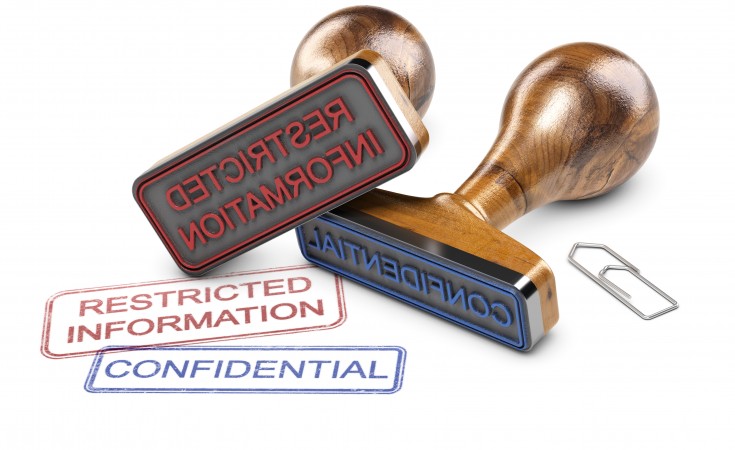Tom Pendleton is a partner at MacDonald Illig Attorneys and has been representing businesses, nonprofit corporations and individuals in a wide variety of legal matters for nearly 25 years. He concentrates his practice on business matters, including preparing agreements and commercial litigation.
When considering what information to protect, businesses often ask whether they have trade secrets. Information that is not a trade secret, however, may still qualify for protection as confidential information. “Confidential information” is defined as, “commercial or financial information that is: 1) privileged or confidential; and 2) the disclosure of which would cause substantial harm to the competitive position of the person or business that owns the information.”
In determining whether certain information is confidential, courts examine the efforts taken to maintain its secrecy. In determining whether disclosure of confidential information will cause substantial harm, a person or business needs to show: 1) actual competition in a market; and 2) a likelihood of substantial injury if the information is disclosed. The person or business must show that harm will occur following the use of confidential information by competitors.
In order to protect confidential information (as well as trade secrets), individuals and businesses must use reasonable efforts to maintain the secrecy of the information. Digital information requires encryption and password protection. Physical information requires locked file cabinets and laboratories, disclosure to only those who need to know the information, and possibly a surveillance system. Both digital and physical information should be protected by written non-disclosure agreements.
The non-disclosure agreement should be signed before the trade secret and/or confidential information is provided to someone who does not know it. The circumstances when a non-disclosure agreement should be considered include: 1) before an employee is hired; 2) before an employee is promoted to a new position; 3) during contract negotiations with a customer or vendor; or 4) before a business is bought or sold.
Each non-disclosure agreement should be prepared with the circumstances of the particular situation in mind. In general terms, the non-disclosure agreement should identify the trade secrets or confidential information protected, the specific purpose for which the secret information may be used, and who is permitted to see the secret information.
The information that businesses want to protect may take several forms. Information may be in writing, may be communicated verbally, may be communicated electronically or stored electronically, and information may be observed while a person is visiting the company’s facilities. Each of these types of information should be specified as protected in the non-disclosure agreement.
Unfortunately, not all negotiations end with a successful agreement. Sometimes the parties cannot agree on certain terms, and sometimes the potential transaction turns out not to be a good fit for one or both parties. The non-disclosure agreement should require a party receiving confidential information to return it or destroy it at the end of negotiations.
In addition to protecting information, a non-disclosure agreement may need to include a provision that protects a business from the solicitation of its employees. During negotiations, the party receiving secret information may also come in contact with important employees of the business. The business providing the information will want to consider prohibiting the hiring of its employees for a year or more after the negotiations end.
Taking advantage of confidential information presents opportunities and risks for the businesses that own the information. Businesses should take the steps necessary to protect this confidential information in order to maintain and increase its value.
Consider This
- Written non-disclosure agreements are essential for protecting information that does not qualify as a trade secret.
- Examples of confidential information that might not be a trade secret include customer lists and components of a pricing strategy.
- Non-disclosure agreements should specify: 1) the confidential information that is protected by the agreement, 2) the specific purpose for which the information may be used, and 3) who is permitted to see the information.
For more information, contact Tom Pendleton at 814/870-7756 or tpendleton@mijb.com.












